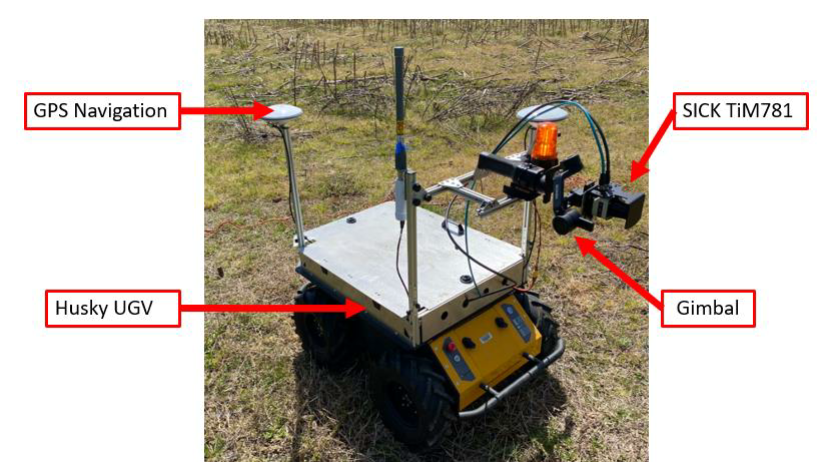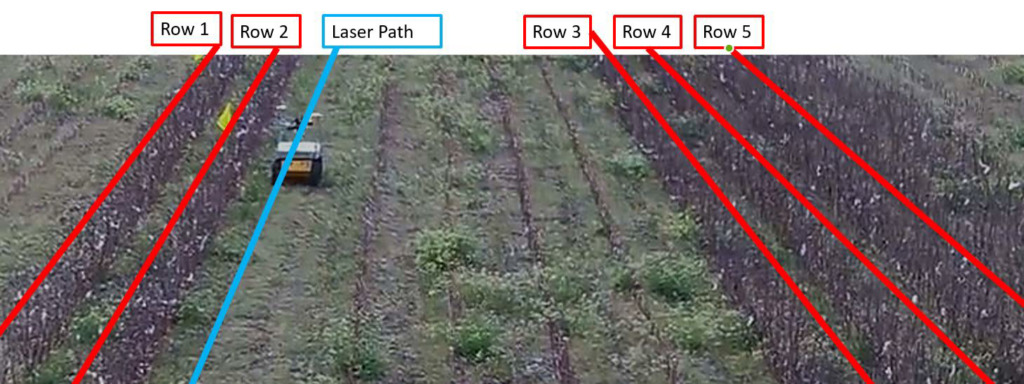Two students from Clemson University used their familiarity of the agriculture industry and created a crop monitoring system to minimize wasted crops during harvest
According to the USDA, 88 percent of American farms are classified as “small” and only 41 percent of small farmers make a profit each year, leaving the rest failing to break even and working another job. One reason for this is agricultural waste, which includes food that is never harvested. Smaller farms have a harder time bouncing back from agricultural waste, whereas larger farms can withstand the loss each year.
Students Jake Enloe and Mia Abenina worked together to develop a solution for monitoring crops to address any problems with the crops early on. The idea stemmed from the team’s mentor, Dr. Joe Maja.
 “Being closely involved with agriculture, [Dr. Maja] was already aware of some of the major problems that farmers faced. One of the primary issues was the ability to monitor the crops of small farms because of their tight budgets. We ran with that idea because we were all vaguely familiar with the work involved in the monitoring process,” Enloe said.
“Being closely involved with agriculture, [Dr. Maja] was already aware of some of the major problems that farmers faced. One of the primary issues was the ability to monitor the crops of small farms because of their tight budgets. We ran with that idea because we were all vaguely familiar with the work involved in the monitoring process,” Enloe said.
The team’s solution was a GPS-guided, unmanned ground vehicle (UGV) named Agrus. Composed of two main components (a SICK TiM781 LiDAR sensor and the Husky UGV from Clearpath Robotics), the vehicle travels through rows of crops and makes reliable and autonomous measurements of plant density and volume. Agrus records 2D scans of the surrounding crops as it travels through a specific path.
“We had the availability to test our idea once, and it involved my mentor scanning the field with the laser. He sent me the scan file, and I then turned that into a volumetric measurement,” Enloe said.
Agrus was tested by scanning several rows of cotton plants that had already been harvested, but a view of the scanned plot can be seen below, and each row of harvested cotton is labeled. As Agrus travels down each row, the laser scans the ground and adjacent rows.
Once scans have been made, data is processed on MATLAB, which provides the farmer with key information about crop density, and the relationship between yield and volume for specific crops.
Finding a cost-effective solution to monitor crops and reduce waste on small farms is the main objective of Agrus. If more farmers adopt this solution, they will have the knowledge to better price their crops and forecast for the next year. Agrus will work as a subscription-based service preventing the farmers from purchasing and handling the technology, which will also save them money.






